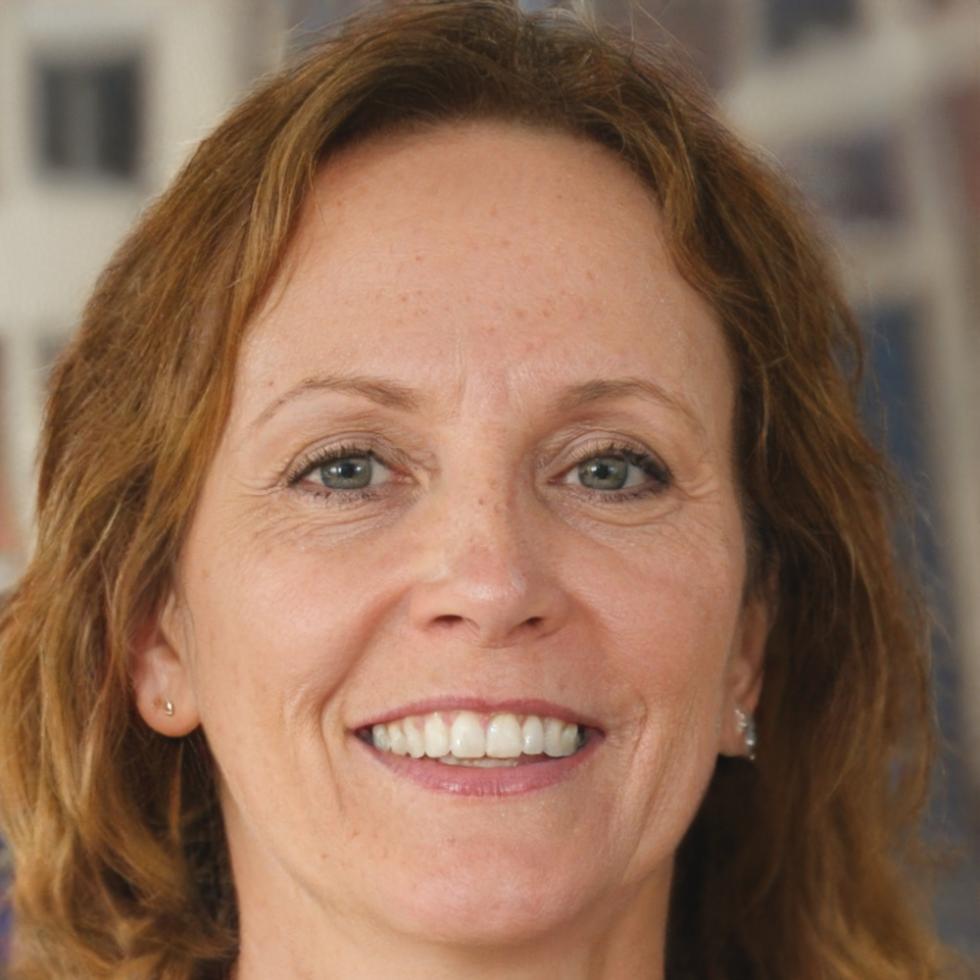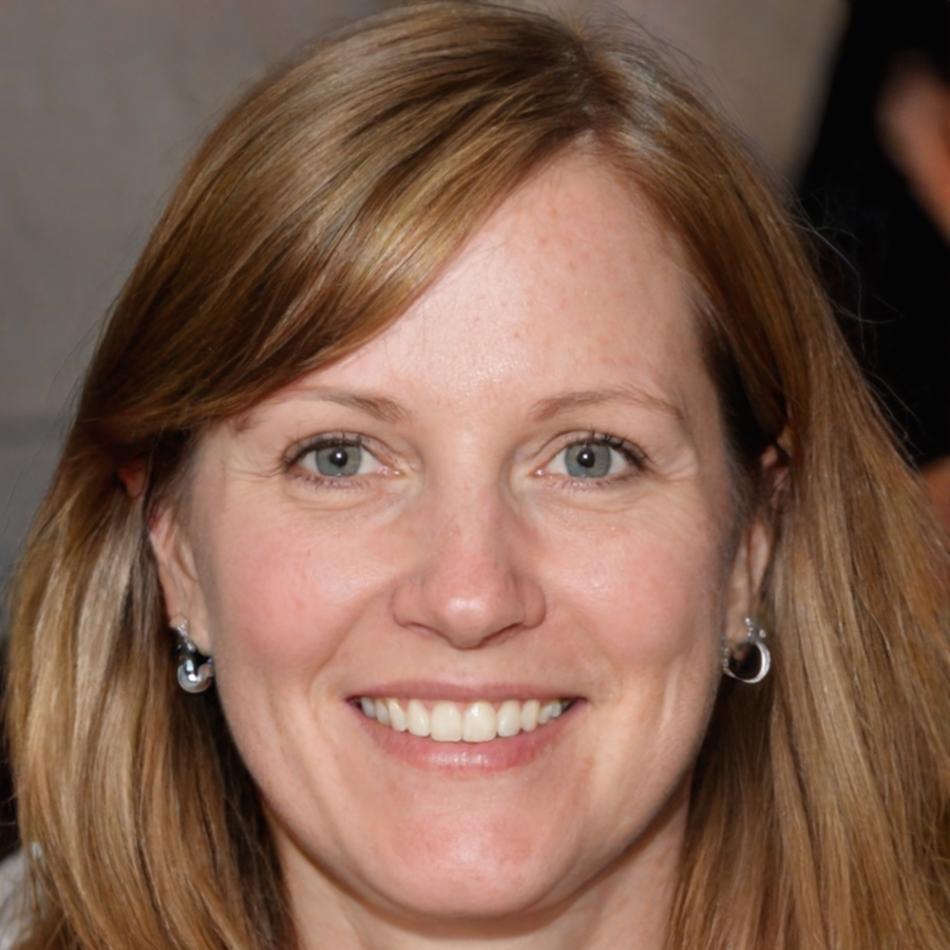Building Financial Confidence Through Real Experience
Our savings program isn't about theory or textbook exercises. It's about sitting down with real numbers, working through actual scenarios, and building habits that stick around after you finish.
We started this program in 2019 because too many people told us they felt lost when trying to manage their money. Not because they weren't smart enough, but because no one had shown them how to actually do it.
Since then, we've guided over 600 people through practical savings strategies that fit their lives. The autumn 2025 intake opens in September.

Three Phases That Actually Work
Most programs throw everything at you at once. We break it down so each piece makes sense before moving forward.
Foundation Work
First six weeks focus on understanding where your money goes now. Not judging it, just seeing it clearly.
- Track spending patterns
- Identify leak points
- Set baseline metrics
- Build tracking habits
Strategy Building
Weeks seven through twelve introduce savings methods you can actually maintain. We test different approaches to find what fits.
- Automated systems setup
- Emergency fund creation
- Goal prioritization
- Budget adjustments
Long-Term Planning
Final six weeks look at bigger picture goals and how to keep momentum going without constant oversight.
- Growth projections
- Investment basics
- Risk management
- Quarterly review system
Who You'll Work With

Siobhan Kilpatrick
Lead Financial Educator
Siobhan spent twelve years in banking before realizing she preferred helping people understand money rather than just moving it around. She designed our core curriculum based on what actually confuses people, not what textbooks say should confuse them.

Elspeth Drummond
Behavioral Finance Specialist
Elspeth joined us in 2021 after working in psychology research. She focuses on why we make the money decisions we do, and more importantly, how to change patterns that aren't serving us well anymore.
Money Reality Check
Weeks 1-2Looking at where you actually stand right now. Bank statements, subscriptions, the lot. No shame, just data. Most people discover at least three forgotten subscriptions in this module.
Pattern Recognition
Weeks 3-5Everyone has spending triggers. Maybe it's stress, boredom, or payday excitement. We figure out yours and build awareness around them before trying to change anything.
Systems That Stick
Weeks 6-10This is where we build your actual savings system. Automated transfers, separate accounts, the whole structure. We test it for four weeks and adjust what doesn't feel right.
Future Planning
Weeks 11-14Looking beyond next month to next year and beyond. Setting realistic targets, understanding compound growth, and building a review schedule you'll actually follow.
Real Projects, Not Pretend Ones
You work on your actual finances throughout the program. Your real budget, your real savings goals, your real challenges.
By week six, you'll have a working savings system in place. By week twelve, you'll have seen it handle unexpected expenses and income changes.
Some programs use fake scenarios. We think that's a waste of your time when you have real money that needs real planning.
Ask About Next IntakeWhat You'll Build
- Automated savings system tailored to your income pattern and timing
- Emergency fund appropriate to your situation and risk factors
- Spending tracking method that takes under five minutes daily
- Clear picture of where your money goes and why it goes there
- Strategies for handling irregular income or unexpected expenses
- Quarterly review process to keep things on track without obsessing
- Understanding of when to adjust your approach versus when to stay the course
